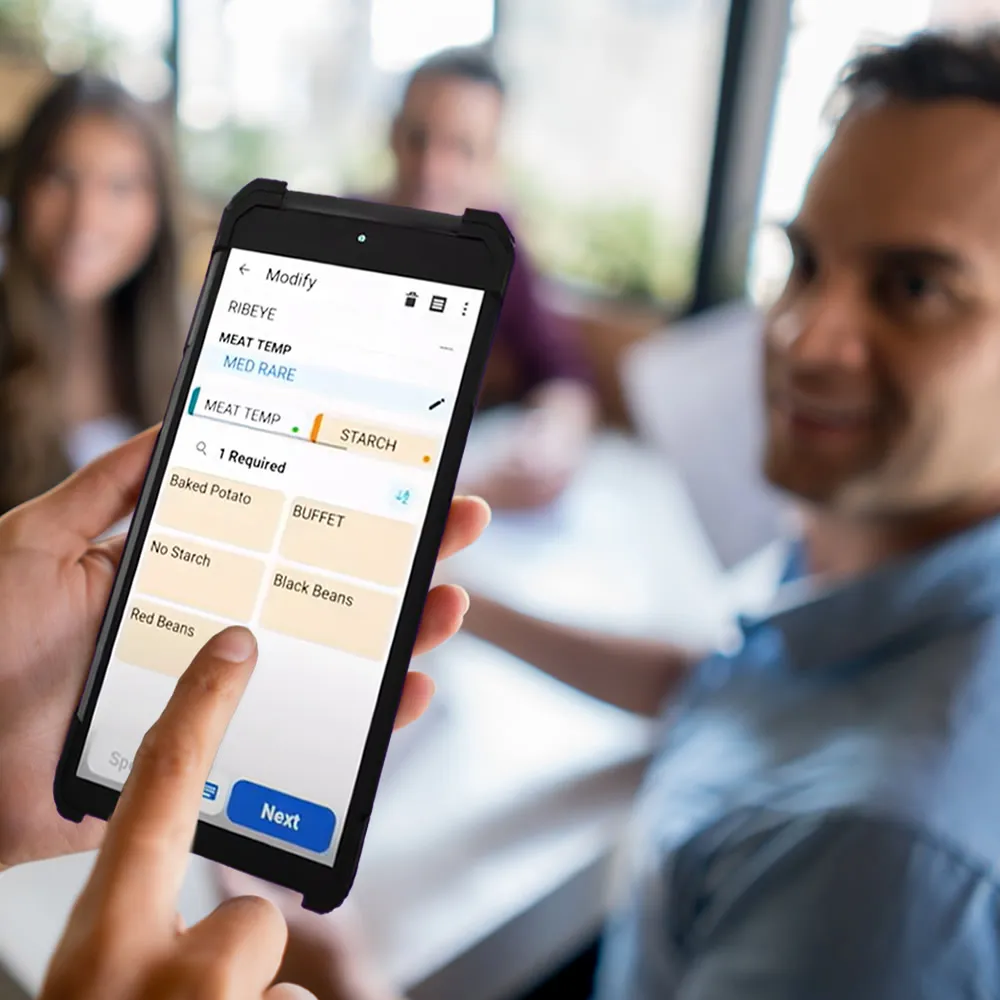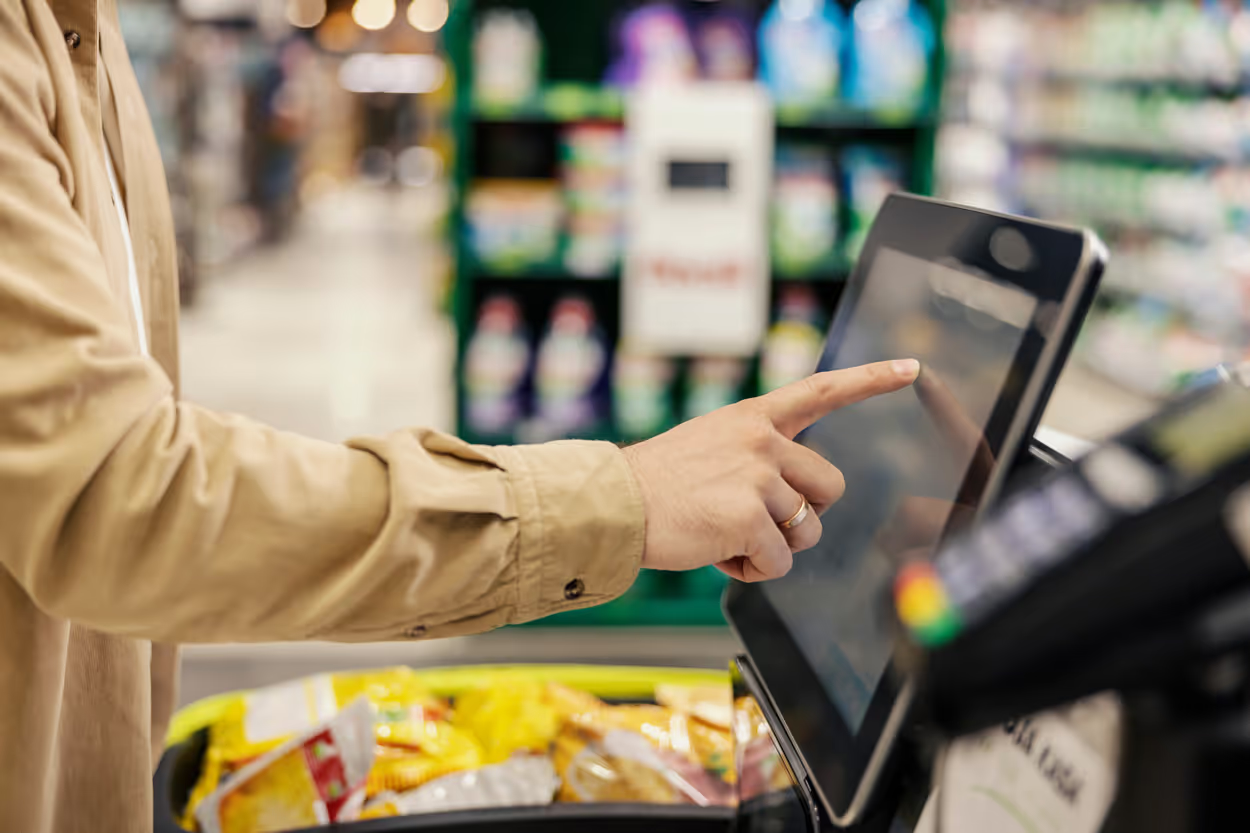As we see different countries’ economies reopening, we’re seeing non-essential retail stores beginning to reopen, too. These retailers will need to get creative and think strategically as they start planning; they’re having to balance government guidelines and regulations with what’s also best for the business.
To help you navigate this, we’ve created a new content series titled, “How to maximize your store reopening.” The goal is to provide practical, helpful guidance and considerations for retailers as you start to think about reopening. In this post, we’ll cover:
1. What a retailer needs to consider before reopening
2. What are consumers looking for in a reopening?
3. Using social media for your reopening
4. Leveraging customer loyalty
1. What a retailer needs to consider before reopening
The National Retail Federation (NRF) has created the Operation Open Doors Checklist to provide “guidance from members and subject matter experts [that] is intended to highlight key topics to consider as retailers seek to reopen operations.” This covers everything from transitioning employees from furlough and addressing government regulations to how to prepare the brick-and-mortar store for reopening, and more.
There are three top considerations:
1. Store employees: The likelihood that all employees are going to return to work at the same time are very slim. So a retailer should identify who is coming back, when they are coming back and what the transition plan will look like.
Designating a “return to work” team is a great way to make sure you have a centralized group focused on HR, IT and health and safety. Employees are also likely going to need a fair amount of training on the new operating procedures and instructions for keeping themselves and customers as safe as possible.
2. Operations and inventory: Deciding how to open will need to be a very organized process. How will you adjust business hours? How will you limit the amount of people in the store? What happens if there is a reported case or outbreak? Managing inventory is also going to be a challenge because it’s likely that the inventory is out-of-season from when you were last open.
3. Health and safety: One of the most challenging tasks will be creating a safety plan that all employees and shoppers follow. To enforce social distancing, staff will need to be trained, you’ll need to create signage and add markers on floors showing people where to stand. You'll also need to determine if you’ll require masks for shoppers and, if so, how to handle shoppers who come in without masks. You’ll also need a detailed cleaning schedule and a designated team to carry out sanitization.
For U.S. retailers, NRF has also assembled Coronavirus Retail Restrictions by state, which is updated daily. This map outlines coronavirus-related laws, executive orders, regulations and guidance for reopening stores.
2. What are consumers looking for in a reopeHow retailers can adjust to changing shopper habits amid the coronavirus pandemicning?
Your reopening can be an opportunity to re-engage with customers and strengthen the brand loyalty relationship. But to strengthen that relationship, it's a good idea to put consumer expectations first. Here are some things to consider:
1. Communicate how you plan to open: Retailers want their customers’ first interactions with a re-opened store to be a positive one. If their experience is tarnished by not realizing a location is only open for curbside, for example, or not yet opened at all, they’re going to leave with a negative experience.
So, be thoughtful in how you plan to re-open and consider overcommunicating with your customers. For example, Apple was very explicit in how they planned to reopen their stores. When you visit their website, you can see all of the measures they’re taking to maintain a clean and safe store, as well as see the status of any of their stores. Making this information easy and available to customers is critical.
2. Don’t ditch e-commerce: You’ll be shifting gears back to brick-and-mortar operations, but don’t forget about digital. Having a solid e-commerce platform will still be essential to serving those consumers who aren’t ready to return to physical stores, while also helping continue to future-proof your operations.
Keeping Apple as the example, when you visit their “find a store” webpage, the first thing you’ll see is their re-opening approach. But directly underneath that is a notification that everything customers need is also available online, from products and services, to support and more. So even as they open their 506 retail stores, they’re still directing their consumers to an online experience.
3. Consider offering deals: Consumers assume retailers will offer deals and promotions to drive traffic back to stores. So it’s a good idea to think about how you can entice a consumer to shop with you, online or in-store. A couple of examples of promotions include:
- Word-of-mouth incentives: If a consumer reviews your product or store, consider offering a percentage discount off their next purchase
- Social media promotions: Consider hosting a contest on your social channels to drive awareness of products or niche and build your social following
- Friends and family referrals: Consider offering vouchers for shoppers referred by friends and family
3. Using social media for retail reopening
Understandably, we’re seeing a rise in e-commerce and social media use as primary channels for shopping. This is an opportunity for retailers to build social commerce experiences to serve their customers. However, it’s important to not only understand your audience, but also the platforms they’re using.
- Advertise your opening on social media: This may seem like the most obvious of suggestions, however, the likelihood of a customer checking a local retail store for opening schedules is very low. Rather than waiting for customers to come to you, consider going to your customers. Start by directly advertising your opening dates, hours and any promotions to customers via social media.
- Influencer action: Before making a purchase decision, consumers talk to their friends and influencers—not the retailer; in fact, 1 in 4 millennials and Gen Z shoppers look for Instagram stories before buying a product and service.
Influencer marketing means collaborating with an online influencer to market a product or service—or in this case, a reopening. Influencers provide consumers in your target niche with an instant connection to a brand, and this tactic, coupled with strong content, can help you reach your audience. - Drive additional sales: Social shopping has become increasingly popular and can be a key way to drive additional revenue. Alicia Solanki, who is the consumer brands managing director at communications consultancy Ketchum, stated that, “While Instagram may be the right channel for fashion and beauty, consider the way Pinterest has become the go-to for home and interiors inspiration.”
Snapchat just announced their rollout of dynamic ads with big retailers like Adidas. According to Rob Seidu, Adidas’s senior director of media activation in Europe, the sports giant saw a 52% growth in ROI versus normal Snapchat spend after running the e-commerce ads.
4. Leveraging customer loyalty for a store reopening
According to Robert Passikoff, Brand Keys Founder and President, “Brands can only drive loyalty if they find consistent ways to create positive experiences.” A consumer’s first experience back in a store is critical. The ability of a brand to create engagement and then meet expectations directly correlates to brand loyalty.
Loyalty programs help you understand who your consumers are and how they want to shop. When customers volunteer information to participate in a loyalty program, that gives you valuable data to analyze and use to develop effective plans to meet shoppers’ expectations. It’s especially important to note that a loyalty program can be applied across all platforms—online, mobile and in store—to create one experience.
Consumer behavior has changed, and brands have to stay in touch with those changes. A loyalty program allows you to understand how customer habits are changing during the pandemic. Are their online purchases increasing? Decreasing? Have they stopped buying all together? Post-reopening, did they come back to your store as soon as it opened? All these questions can help you tailor your reopening communications with customers in a personalized way. For example:
- Have they stopped buying all together? You could announce that, “Good news, we’re back open! And we’ve missed you. Come visit us at XX location that’s recently reopened. But as always – you can visit us online.”
- Have their online purchases increased? You could say, “We saw you found what you need from us online, that’s great news! Even better, we’re back open and ready to see you. Come visit us at XX location.”
- Were they back in the store as soon as it reopened? Try communications that say, “Looks like we missed you just as much as you missed us! Thanks for coming back so quickly to shop in store with us. Do you have any feedback about our new shopping experience? Let us know here.”
See how these three responses are fundamentally different? Consumers want this personalized approach to shopping – and you can delivery through your loyalty program.




